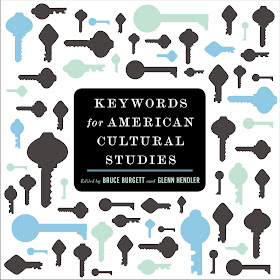Jacket for Simon & Schuster. From Amazon: This rambling memoir takes readers from a Virginia plantation to punk-era New York City, with stops in the Bahamas, Brazil, Japan and other alluring destinations.
For the first round of comps, I had the words "lush," "beautiful," and "exotic" in mind. I tried to balance these concepts with the writer's upbringing in Virginia. The first concept uses a recipe card to hold the type:

For this concept, I took silhouettes of various elements from the book and filled them with color (actually a photo beneath, moved around between the objects).

A more traditional approach, beautiful and literary in feel:

Much bolder, touches on the exotic elements in the writing:

I was then asked to work with photos of the author as a young girl and her father. I adapted the recipe card and also brought in some small ornaments to hint at the author's travels:

In the end, they went for a much simpler adaptation:
 It has occurred to me after Jonathan's comment that there is some disconnect between the photo on the final cover and the title. This cover went through many revisions (more than what I'm showing) and basically kept getting "simplified." The overall tone of the book shifted too. The final cover doesn't give you any sense of "food" and instead looks like a memoir (with a slightly sad sensibility to it paired with the title). Only the subtitle gives an indication of the author's connection to food...
It has occurred to me after Jonathan's comment that there is some disconnect between the photo on the final cover and the title. This cover went through many revisions (more than what I'm showing) and basically kept getting "simplified." The overall tone of the book shifted too. The final cover doesn't give you any sense of "food" and instead looks like a memoir (with a slightly sad sensibility to it paired with the title). Only the subtitle gives an indication of the author's connection to food...























